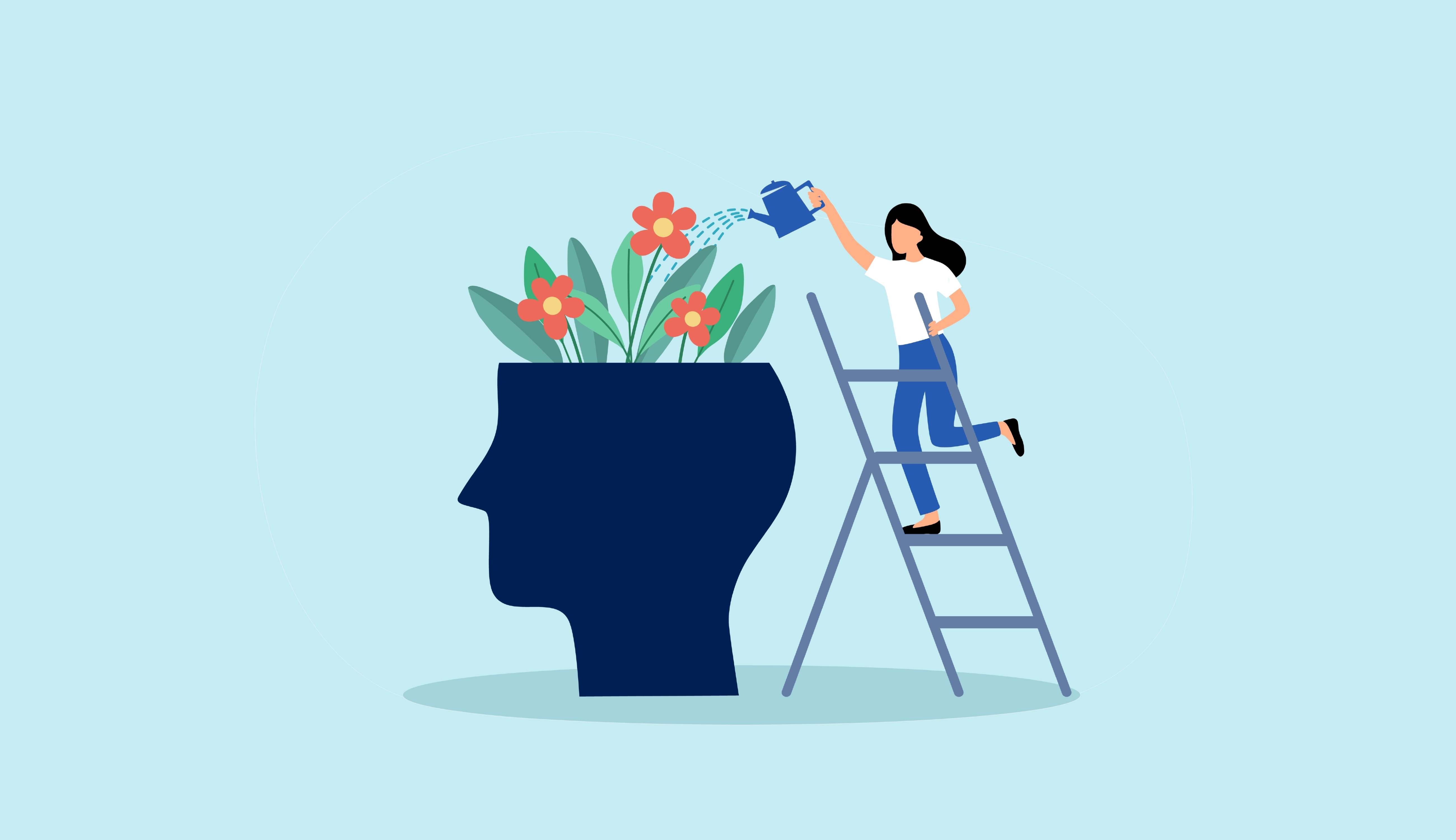
Mental Health Awareness Week serves as a crucial reminder of the importance of mental well-being in every aspect of our lives, including the workplace. In today’s fast-paced, high-pressure work environments, it’s easy to overlook our mental health.
However, maintaining a healthy mind is not just beneficial for our personal lives; it significantly enhances our professional performance and overall happiness. Here are some tips to help you maintain a healthy mind in the workplace
1. Recognise the Signs of Stress and Burnout
Job burnout is a specific type of work-related stress. It is a state of physical or emotional exhaustion caused by prolonged or excessive stress.
Some of the most common symptoms of burnout include;
- Fatigue
- Increased irritability
- Difficulty concentrating
- Low productivity and creativity
- Negative feelings, especially towards colleagues
- Feeling that work is meaningless or doesn’t make a difference
- Insomnia
- Physical pain – headaches, illness or backache
Understanding these signs can help you take proactive steps to protect your mind.
2. Set Boundaries
Define clear work hours and stick to them. Communicate your availability to your colleagues and supervisors, and make it known that you are not accessible 24/7. This helps create a healthy work-life balance that is essential for mental well-being.
3. Take Breaks & Use Your Annual Leave
Regular breaks during the workday can prevent burnout and improve productivity. Even short, five-minute breaks to stretch your legs can make a significant difference!
Additionally, make sure to use your paid holidays / annual leave. Taking time off to recharge is not a luxury; it’s a necessity for maintaining positive mental health.
4. Practice Mindfulness and Stress-Reduction Techniques
Setting time aside to practice mindfulness techniques in your daily routine can help manage stress.
Meditating, deep breathing exercises or yoga can be great ways to incorporate mindfulness into your life. Apps such as Headspace or Calm offer guided sessions that can be easily slotted into a busy working schedule!
5. Stay Active
There are strong links between physical and mental health. Regular physical activity is proven to reduce stress, anxiety and depression.
It is a great idea to incorporate some form of physical activity into your working week. You could consider going to the gym or for a jog in the morning, or using 20 minutes of your lunch to get outdoors for a walk. Most importantly, find a form of exercise you enjoy and that fits into your lifestyle. This way it will become easier to make it a regular part of your routine.
6. Know the Impact and Importance of a Supportive Work Environment
A supportive work environment can significantly improve the mental health of workers.
Ensure your workplace fosters a culture of strong and honest communication, encouraging mental health to be discussed.
If you are in a leadership position, lead by example. Show empathy, provide support, and promote mental health resources available through your company.
Those in less senior roles should consider advocating for mental health initiatives within your organisation. This could include suggesting mental health days, workshops on stress management or creating quiet spaces for relaxation and mindfulness practices.
Discussing your mental health needs with your employer can also open up options for accommodations. This might include flexible working hours, the possibility to work from home, or adjusting your workload temporarily.
Many employers are increasingly aware of the importance of supporting their employees’ mental health and may be more accommodating than you expect.
7. Know When to Seek Professional Help
There is no shame in seeking professional help. Therapists and counsellors are trained to help you navigate stress, anxiety, and other mental health issues.
If you find that stress, anxiety, or depression are impacting your ability to perform your job or enjoy your daily life, it may be time to consider professional assistance.
Further reading and resources
- Mental Health and Wellbeing in the Workplace - Online Course - FutureLearn
- Publications | Mental Health Foundation
- Using this tool - Mind
- Mental health at work | Mind - Mind
- Taking care of your staff's mental health | Mind - Mind
(Written By Elise Ralph)